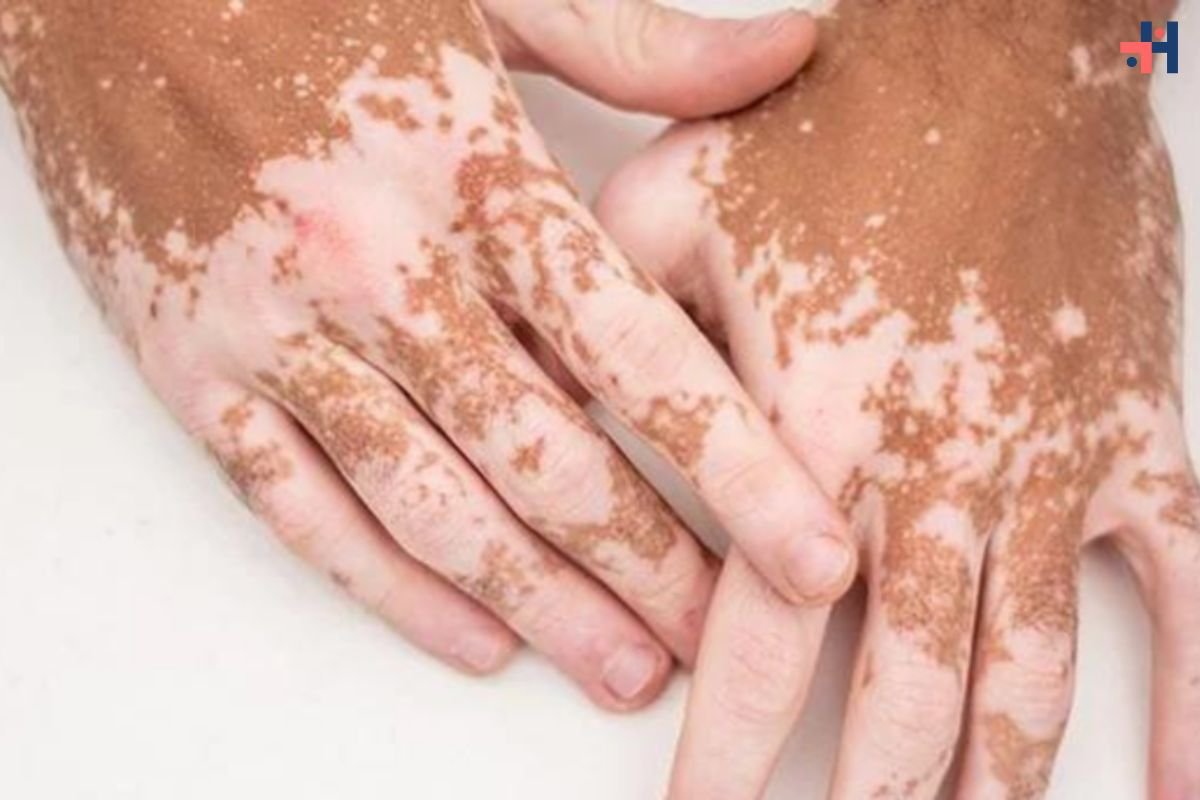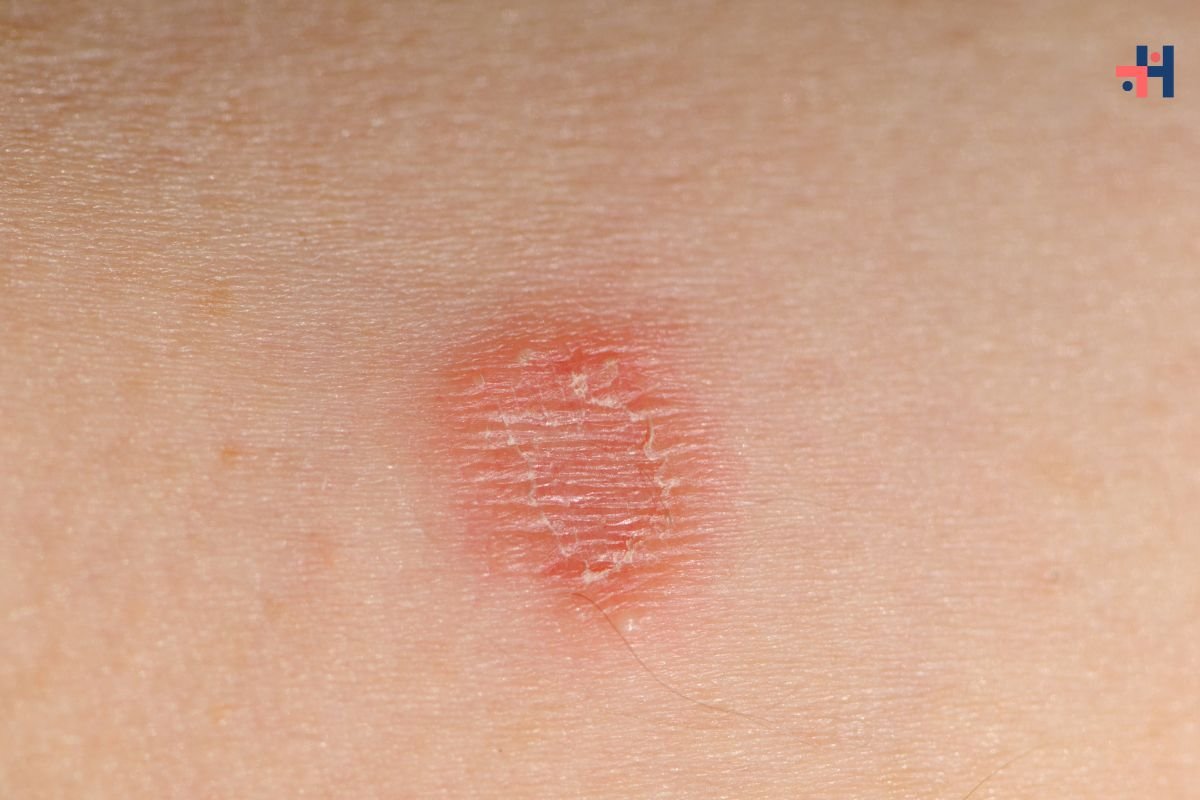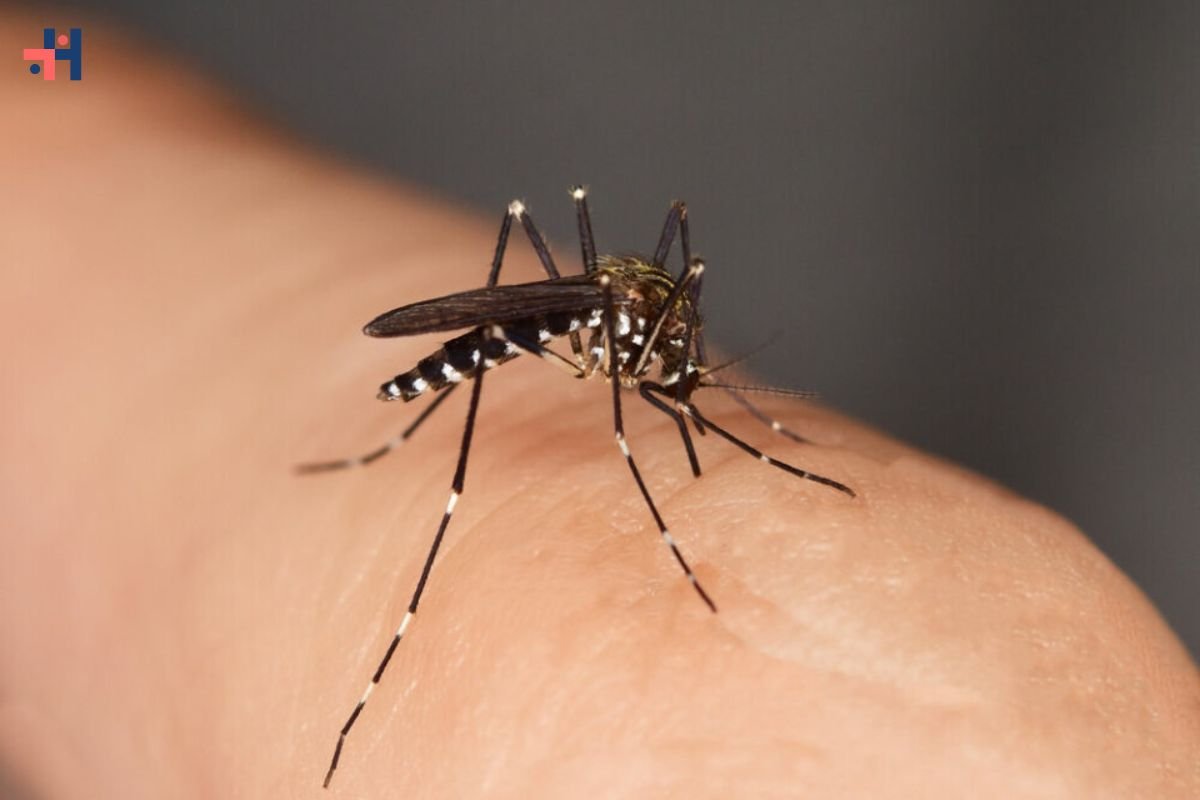Discovering a black streak in your toenail can be alarming and may lead to questions about its cause and potential treatment options. While it’s essential to address any changes in toenail color promptly, understanding the underlying causes and available treatments can help alleviate concerns and ensure proper care. In this comprehensive guide, we’ll delve deeper into the common causes of black streaks in toenails, explore additional treatment options, and provide practical tips for maintaining healthy nails.
Understanding Black Streaks in Toenails:
Black streaks in toenails, also known as melanonychia, are characterized by dark discoloration or streaks that appear along the length of the nail. This discoloration can range from light brown to black and may affect one or more nails. While black streaks in toenails can occur for various reasons, they are often benign and do not pose a significant health risk. However, it’s essential to monitor any changes in toenail color and consult a healthcare professional if you have concerns.
Causes of Streaks in Toenails:
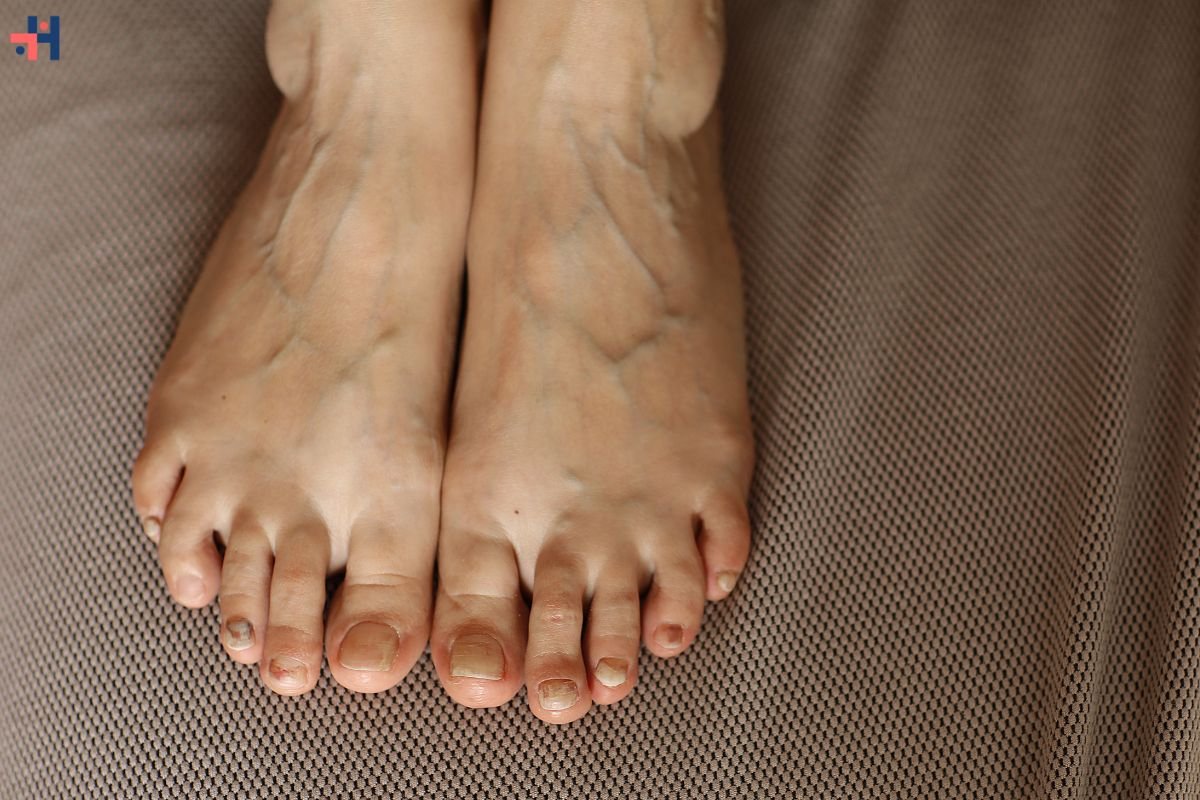
- Trauma or Injury: One of the most common causes of black streaks in toenails is trauma or injury to the nail bed. Stubbing your toe, dropping a heavy object on your foot, or wearing tight-fitting shoes can cause damage to the nail, leading to bruising or bleeding underneath the nail. As the blood collects, it may appear as a black streak within the nail.
- Fungal Infections: Fungal infections, such as toenail fungus (onychomycosis), can also cause black streaks in toenails. Fungal infections thrive in warm, moist environments, making toenails susceptible to infection, especially if proper foot hygiene is not maintained. In addition to black streaks, fungal infections may cause thickening, crumbling, or yellowing of the nail.
- Subungual Hematoma: A subungual hematoma occurs when blood accumulates underneath the nail due to trauma or injury. This can occur from activities such as running, hiking, or wearing ill-fitting shoes. The trapped blood may appear as a black streak within the nail and can cause discomfort or pain if pressure builds up beneath the nail.
- Melanoma: While less common, black streaks in toenails can sometimes indicate a more serious condition, such as melanoma, a type of skin cancer. Melanoma may present as a dark, irregularly shaped streak within the nail and should be evaluated by a healthcare professional promptly. Other signs of melanoma may include changes in the size, shape, or color of the nail, as well as surrounding skin.
- Medication Side Effects: Certain medications, such as chemotherapy drugs or antibiotics, may cause changes in toenail color, including the development of black streaks. These side effects are usually temporary and resolve once the medication is discontinued. However, it’s essential to consult a healthcare professional if you experience any unusual changes in toenail color while taking medication.
Treatment Options:
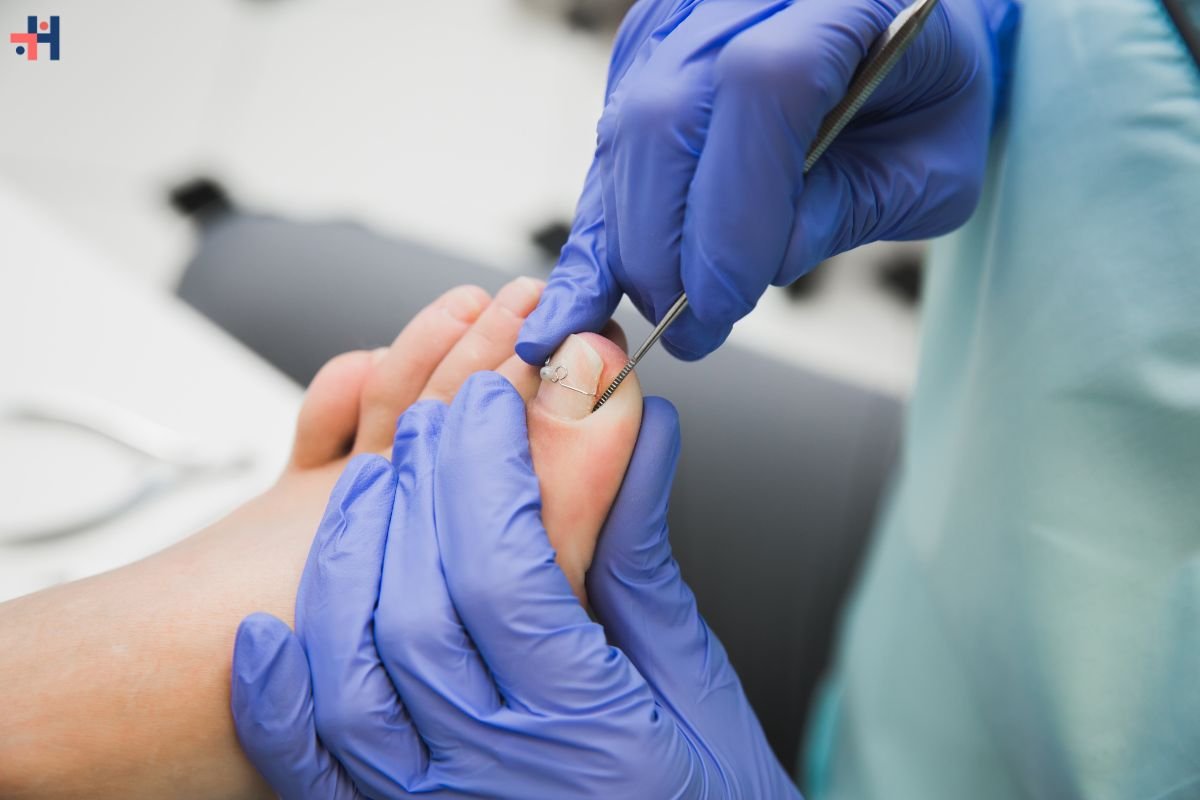
- Observation: In cases where black streaks in toenails are caused by trauma or injury, observation may be the best course of action. As the nail grows out, the black streak may gradually fade or disappear entirely. However, if the discoloration persists or worsens, seeking medical attention is advisable.
- Antifungal Medications: If black streaks in toenails are due to a fungal infection, treatment with antifungal medications may be necessary. Topical antifungal creams, nail lacquers, or oral antifungal medications may be prescribed to eliminate the infection and prevent recurrence. It’s essential to follow the prescribed treatment regimen consistently for optimal results.
- Drainage of Subungual Hematoma: In cases where a subungual hematoma causes black streaks in toenails and significant discomfort, drainage of the accumulated blood may be necessary. A healthcare professional can perform a procedure to relieve pressure by creating a small hole in the nail to allow the blood to drain. This can help alleviate pain and prevent further complications.
- Biopsy and Evaluation: If black streaks in toenails are suspected to be indicative of melanoma or another serious condition, a biopsy may be recommended to evaluate the lesion further. During a biopsy, a small sample of tissue is collected from the affected area and examined under a microscope to determine if cancerous cells are present. Early detection and treatment of melanoma are crucial for favorable outcomes.
- Surgical Removal: In cases where black streaks in toenails are persistent or recurrent, surgical removal of the affected nail may be necessary. This procedure, known as nail avulsion, involves removing part or all of the toenail to allow for examination and treatment of the underlying cause. Nail avulsion is typically performed under local anesthesia and may require a period of recovery.
Preventive Measures and Lifestyle Tips:
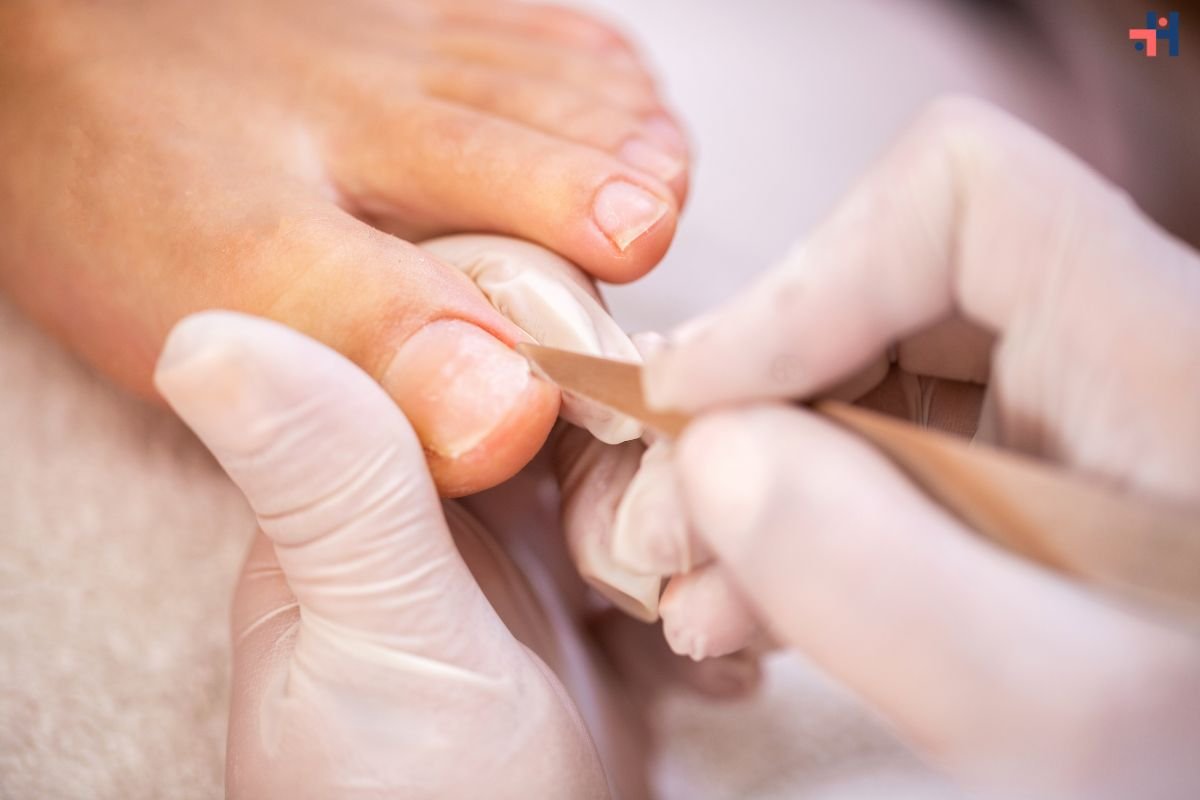
- Maintain Proper Foot Hygiene: Practicing good foot hygiene can help prevent fungal infections and reduce the risk of black streaks in toenails. Wash your feet regularly with soap and water, dry them thoroughly, and avoid walking barefoot in public places.
- Wear Proper Footwear: Choose shoes that fit well and provide adequate support and cushioning. Avoid wearing tight-fitting shoes or high heels for extended periods, as they can cause pressure and trauma to the toenails.
- Trim Nails Carefully: Trim your toenails straight across and avoid cutting them too short, as this can increase the risk of ingrown toenails and trauma to the nail bed. Use clean, sharp nail clippers and avoid tearing or biting your nails.
- Protect Toenails During Physical Activity: Wear appropriate footwear and protective gear, such as toe caps or pads, during physical activities that may increase the risk of trauma to the toenails, such as running or playing sports.
- Monitor Changes in Toenail Color: Regularly inspect your toenails for any changes in color, texture, or shape. If you notice any abnormalities, such as black streaks or discoloration, consult a healthcare professional for evaluation and treatment.
Conclusion:
Black streaks in toenails can be caused by various factors, including trauma, fungal infections, subungual hematomas, medication side effects, and in rare cases, melanoma. While most cases of streaks in toenails are benign and resolve with time or conservative treatment measures, it’s essential to monitor any changes in toenail color and seek medical attention if you have concerns. By understanding the common causes of black streaks in toenails and exploring available treatment options, you can take proactive steps to maintain healthy nails and overall foot health. Remember to practice good foot hygiene, wear proper footwear, and seek prompt medical care for any persistent or worrisome symptoms.



